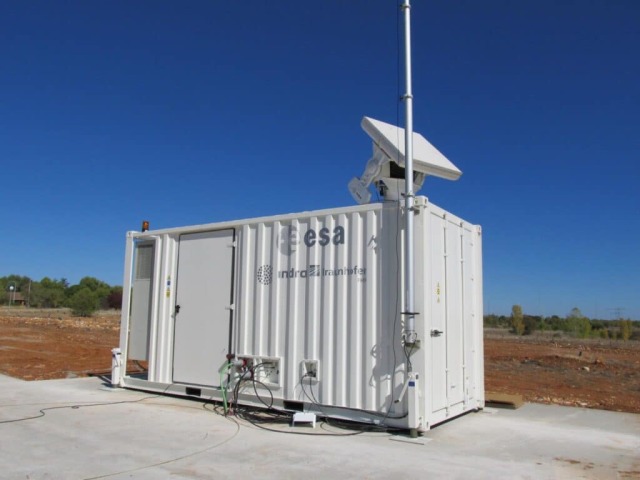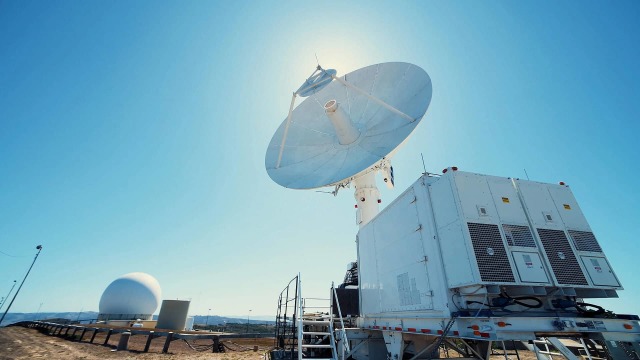Monitoring the situation in near—Earth space and notifying satellite operators about the approach of their vehicles with garbage or other objects is certainly a useful and noble thing. It is also very popular today, so more and more players in the market are engaged in it. But experts warn: in addition to the obvious benefits, the abundance of new warning systems about dangerous approaches of satellites brings a whole host of unique problems.
The last decade in cosmonautics has been marked by its rampant commercialization — private rockets, satellites and even ships. Similar processes are taking place in the part of near-Earth space exploration that is usually hidden from the public eye. We are talking about ground infrastructure, of course: tracking and communication stations. But due to the appearance of several new similar commercial facilities, a quite obvious, at first glance, question arose — how to coordinate their simultaneous operation?
Let's say the operator of one satellite constellation uses the services of the National Near-Earth Object Tracking Service (SSA). Its accuracy in detecting dangerous objects in low orbits (LEO), for example, is about five kilometers. And another operator orders similar services from a commercial supplier and the error in its data is only a kilometer. Let's assume that both companies are located in different jurisdictions. What should both operators do if the first one has received a notification of a dangerous approach, and the second one has not? And if the opposite is true?
Now such issues are being resolved privately or on the basis of various agreements between the governments of different countries and individual players in the market. But this system is already working with a creak, and in the near future there will be even more satellites on LEO. And there will be more garbage, because this is an inevitable process — some of the vehicles fail, the upper stages of rockets do not always correctly return to the atmosphere, and the past mistakes of humanity make themselves felt.

Compact space debris tracking radars that were tested in Spain and Germany for EU SSTImage Source: ESA
These, as well as many other related issues, were discussed at the annual conference of the Global Network for Sustainable Development in Space (GNOSIS). It was held on November 30 and one of the speakers — Richard DalBello, Director of the Office for Commercial Space Exploration at the U.S. Department of Commerce — voiced the above questions. According to SpaceNews, the official cited the European Space Intelligence and Tracking System (EU SST) as an example. This service will start providing services to third parties in January 2023.
According to Dalbello, there are unified databases in the industry, between which there is some consistency. But they are not always updated and synchronized promptly. Moreover, the models used to predict trajectories may differ between different SSA. Finally, the accuracy of tracking objects in near-Earth space depends on many factors, including not only the resolution of the equipment, but also its calibration, orientation in space, and location. Naked Science considered the problems of such events in detail in the material on anti-satellite weapons .
The discussion raised by the American official found a lively response from other participants of the conference. We cannot say that we managed to make some unified decisions, but we managed to reach consensus. All the experts who participated in the discussion agreed that the industry needs its own "rules of movement in space". Spanish and Norwegian specialists were especially zealous for their development. But the regulations for data exchange between the SSA will clearly become the subject of fierce negotiations. Probably, the next couple of years will be decisive for cosmonautics — there will be uniform norms, the control over the execution of which will be handled by an international regulator.

